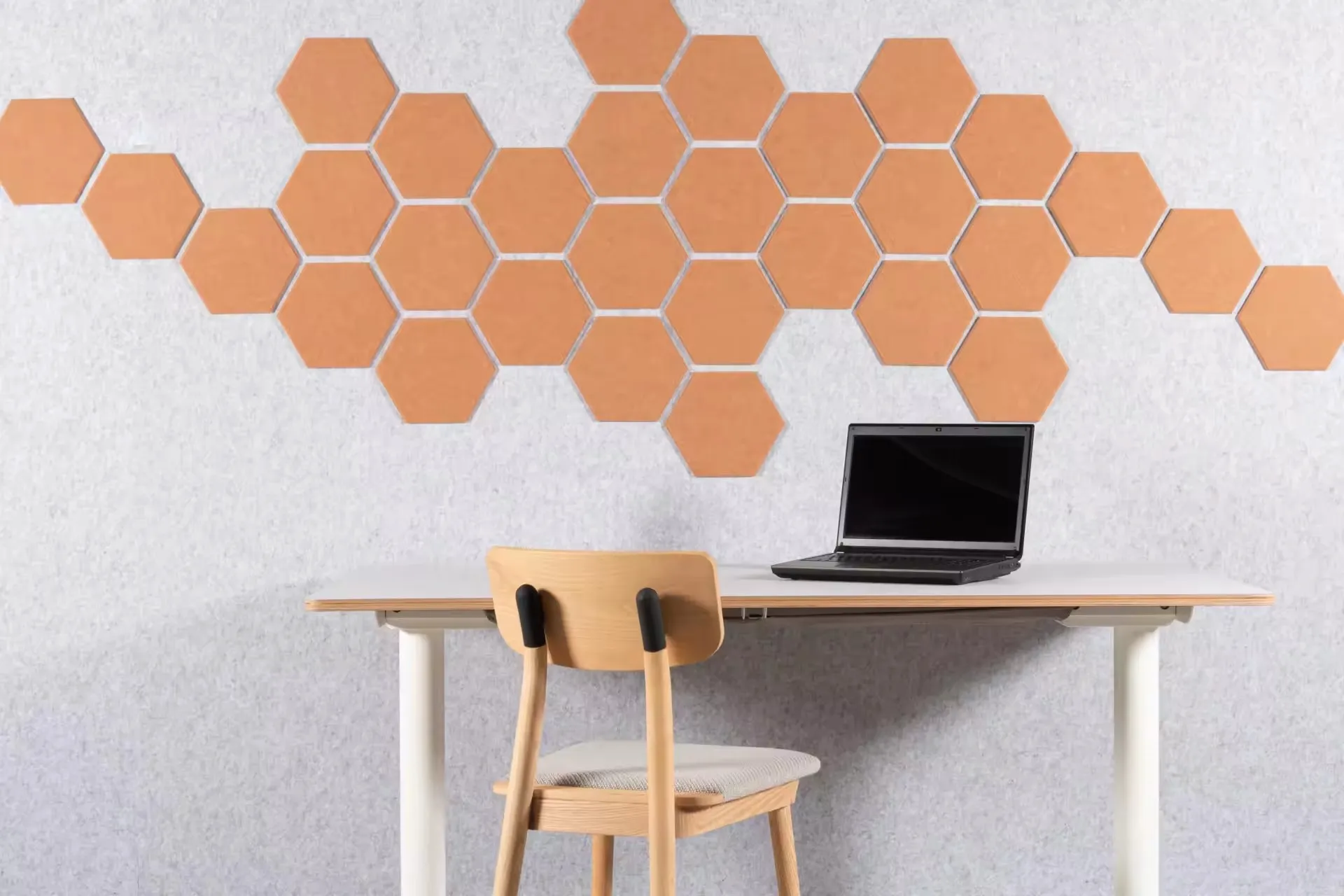How to Make Cheap Sound Absorbing Panels
Creating an effective sound absorbing environment doesn’t have to break the bank. By making your own sound absorbing panels, you can enhance the acoustics in any space while keeping costs low. Here’s a simple guide to help you create affordable sound absorbing panels.
Materials Needed
1. Rockwool or Fiberglass Insulation These materials are excellent for sound absorption. They are readily available at hardware stores and can be purchased in large batts. 2. Wood Frame For the structure of your panels, you can use inexpensive wood like pine or plywood. This will help hold the insulation in place.
3. Fabric You’ll need a breathable fabric to cover your panels. Look for cotton, burlap, or any other fabric that allows sound to pass through but still looks good in your space. Choose a color or pattern that matches your decor.
4. Adhesive or Staple Gun You will need either wood adhesive or a staple gun to secure the fabric around the frame.
5. Saw A hand saw or power saw will be necessary to cut the wood to the desired dimensions.
6. Ruler or Measuring Tape To ensure precise measurements for your wood and fabric.
Step-by-Step Process
how to make cheap sound absorbing panels

1. Measure and Cut Decide on the size of your panels. A common size is 2 feet by 4 feet, but you can customize yours to fit your needs. Use the ruler and saw to cut your wood accordingly.
2. Assemble the Frame Create a rectangular frame using the wooden pieces. Secure the corners with screws or wood glue to ensure stability.
3. Insert Insulation Cut the rockwool or fiberglass insulation to fit snugly within the frame. Make sure there are no gaps as this can affect the panel's sound-absorbing capabilities.
4. Cover with Fabric Place the fabric over the frame and insulation. Pull it tightly to avoid wrinkles and staple or glue it to the back of the frame. Ensure the front of the fabric is smooth and aesthetically pleasing.
5. Final Touches Trim any excess fabric and ensure all edges are securely fastened. Your panel should look neat and ready for installation.
Installation
To install the panels, determine where you want to place them. For optimal sound absorption, consider placing them on walls opposite speakers or noisy appliances. You can hang them with nails, adhesive hooks, or even in an arrangement depending on your design preference.
Creating your own sound absorbing panels is not only a fun DIY project, but it can also significantly improve the acoustic quality of your space. With a bit of creativity and resourcefulness, you can enjoy a quieter environment without spending too much.
-
Wooden Sound Proof Panels for Conference RoomsNewsJun.13,2025
-
Maintenance Tips for Felt Wall PanelsNewsJun.13,2025
-
How to Clean and Maintain a Pet Snuffle MatNewsJun.13,2025
-
Custom Shapes and Sizes for Polyester Fiber Acoustic PanelsNewsJun.13,2025
-
Best Sound Proof Panels for Home TheatersNewsJun.13,2025
-
Benefits of Wooden Acoustic Wall Panels for Home TheatersNewsJun.13,2025
